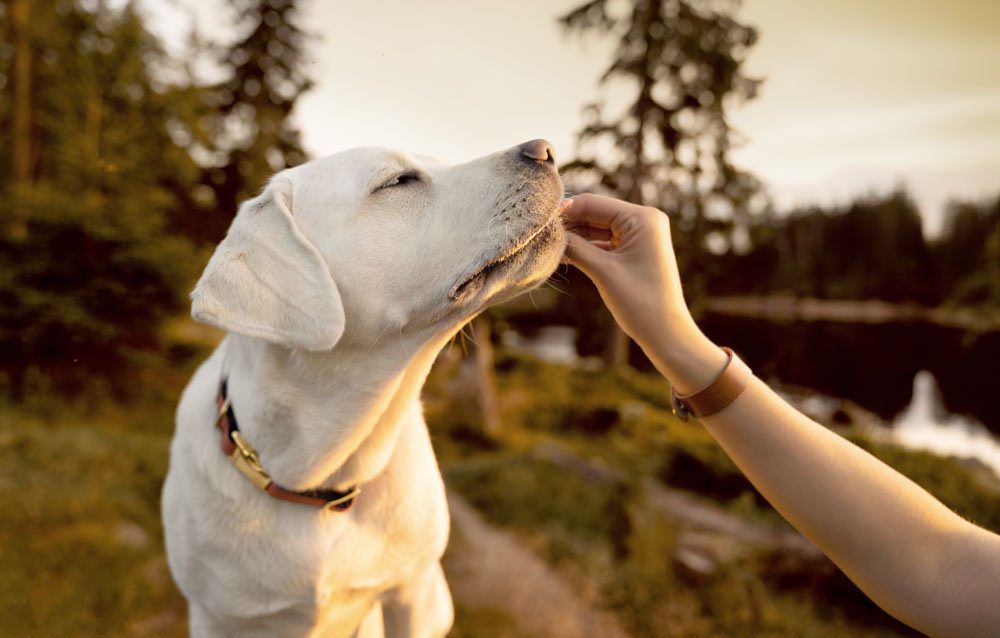10 Best Ways to Care Your Pet Happy and Healthy

If somebody somehow happened to come to name a pet care call, If you want to take safe of your pet, Follow the best ways to care your pet. the top of the brain would presumably be who we all the more ordinarily call the ‘vet.’ Our nearby veterinarian would be the primary individual to strike a chord at whatever point we see your pets not feeling tremendous or requiring clinical consideration.
Likewise, veterinarians are not just concerned for our pet’s wellbeing but are called veterinary doctors or specialists. They again add to society by attempting to work on general wellbeing. To do this, they research the infections and ailments of various creatures. Moreover, they analyze and treat pets and domesticated animals, among others. Also, Get 30% off using the Diggs Coupon Code & save your extra money.
1. Proper Nutrition.
Taking care of your pet with the perfect sum and kind of food assists him with keeping a good weight, which is one of the ideal ways of forestalling heftiness-related diseases and broadening his life expectancy. Pets can typically meet their nourishing necessities from a decent eating routine of value food. However, check with your veterinarian to check whether he wants any enhancements. Likewise, be sure your pet gets sufficient new water, and watch out for how much treats you give him; most veterinarians propose they ought to make up something like 10% of your pet’s daily calories. Find a vet to connect with for discussion.
2. Exercise.
Customary strolls, climbing, playing, and swimming can keep your pet dynamic and fit. Furnishing toys to play with, concealing treats, building obstruction courses, and rehearsing new deceives keep your canine or feline intrigued and locked in. You can switch your strolling routine to open your pet to unique views and scents. Be that as it may, remember about mental feelings!
3. Regular Checkup.
A yearly wellbeing test gives the best open the door to your veterinarian to play out an assortment of wellbeing screens that can prompt early discovery of infections and detect advance notice indications of complex disease, who may likewise prescribe yearly dental arrangements to eliminate plaque and tartar development.
4. Preventative Medications.
Going to deterrent lengths remains forever inseparable from standard veterinarian tests. Protection drugs can protect your pet from undesirable medical problems, such as heartworm, bug related infections, and tick-borne ailments. Likewise, consistently cleaning your pet’s teeth and giving him dental bites assist with forestalling periodontal disease, which can prompt more serious medical conditions.
5. Grooming.
Preparing is an effective method for watching out for changes in your pet’s fur or skin, similar to dandruff, uncovered fixes, or dry skin. This includes managing your pet’s nails, brushing them several times weekly, and giving him standard showers. Furthermore, it’s an optimal opportunity to check for knots and knocks that might be the reason to worry. Check with your veterinarian for the best prepping convention for your specific pet.
6. Affection.
Snuggles, petting, paunch rubs, and in any event, brushing his jacket are extraordinary ways of showing your pet some adoration. Laying out areas of strength with your canine or feline is excellent for both of you. Besides the fact that this fortifies the close-to-home association with your pet, it advances your pet’s positive cooperation with different creatures and people. Best Ways to Care Your Pet.
7. Socialization.
As the American Animal Hospital Association indicates, “Early socialization [in dogs] and suitable openness to different individuals and circumstances early in life diminishes the chances of solitary or dreadfully forceful ways of behaving as a grown-up.” A doggy’s or alternately cat’s early stages — from half a month old to around 16-18 weeks — is the essential time frame for socialization. So be sure they get an adequate number of individuals and creature associations in the early months and throughout their life. Seeing loved ones, going to the dog park, taking a walk around the neighborhood, or letting your pet go through the motions are all options—an evening at childcare after they’ve gotten the all obvious from your vet.
8. Spay/Neuter.
Sorting your pet out has a few advantages. It can keep females from going into heat and decrease undesirable behaviors related to their cycle, like touchiness, yowling, and splashing pee. It can forestall a few malignant growths and illnesses, expand your pet’s future, and eliminate violent conduct in guys.
9. Know what’s “Normal.”
Has your pet’s way of behaving changed as of late? Is it safe to say that he is scratching more than expected? Is it safe to say that he eats much more than he typically does? Changes in the standard could be the reason to worry and show a fundamental issue. If you notice strange conduct in your canine or feline, call your vet to check whether a test is essential.
10. Pet Safety.
There are multiple ways of keeping your pet safe: restraints with ID labels, microprocessors, ensuring your house is liberated from wellbeing dangers, and putting harmful substances far off. Alongside the different tips above, you’ll have the option to keep your fuzzy companion cheerful, solid, and with you for a long time!